The Skygarden House is a winner of theCanadian Green Building Awardsand is a great example of the kind of transformation and performance enhancement that is possible with dilapidated houses in urban cores.
The renewal of this beautiful century old, 225 m2 single family residence on a small urban lot in Toronto transformed a leaky old house into a highly efficient three-storey home; one that takes advantage of active sustainable systems integrated with as many low-cost passive sustainable strategies as possible. The project is part of an overall strategy to revitalize the urban fabric instead of razing it, creating livable environments for modern lifestyles in smaller footprints.
Working within the existing shell, the Skygarden House uses design strategies to ‘expand’ the interior space without expanding the footprint of the house.

The design provides outdoor living spaces on multiple levels to address the owners’ desire for a better connection to the home’s natural surroundings. Green space is increased with the installation of green roofs and the replacement of the paved backyard with a plant-filled oasis.
Through careful spatial organization, passive strategies such as natural ventilation, passive cooling, daylighting, and solar gain were maximized. These were integrated with efficient active systems, such asin-floor radiant heating, high-velocity cooling,low-flow plumbing fixturesandhigh-efficiency lighting.
Complementary to this approach, a key sustainable strategy was the decision not to increase the footprint of the house and to maintain the existing exterior brick walls while addinghigh-performance insulation[previously there was no insulation] and amplehigh performance glazingto take advantage ofsolar gainin the winter and spring.
Specific design techniques were employed to increase perceptually and physically the limited interior space—visually by extending the eye outward, and physically by extending the living space to the exterior through a series of highly useable outdoor spaces on multiple levels.

Within the interior, simple passive and active sustainable systems were incorporated for maximum effect. The design was developed around a central light and air shaft—an open-riser stair topped with operable skylights—which, when coupled with strategically placed operable windows, creates astack effectin the cooling season, drawing warm air upward and cool air in at the lower levels.
巨大的天窗和开放的楼梯也将自然光线引入房子传统黑暗的中心。建筑的几何形状和玻璃进行了优化,在采暖季节被动获得太阳能,在制冷季节由于建筑西侧的一棵大树而阻挡太阳。
High-performance insulation, anairtight building envelope,triple glazing, andmechanical ventilation with energy recoveryaid in minimizing space-conditioning requirements.

|
Green space is increased with the installation ofgreen roofs, each with its own unique character and varying level of privacy. Each is enveloped in natural colour—green in the spring and summer due to plentiful trees and plant material, reds and yellows in the fall, and white and reddish-brown in the winter from the thermally-treatedwarm-coloured ash deckingand wall cladding material.
Beyond its quantitative sustainable design achievements, the beautiful Skygarden House high performance renovation refit project is an ideal example of how existing inefficient and leaky buildings can be refurbished in a green way to support both the physical and psychological health of their occupants.
Project Credits
Owner/Developer: Ian Roland and Linda Rothstein
Architect:Dubbeldam Architecture + Design
General contractor:Vaughan Construction Management
Structural engineer:Blackwell
Photography:Shai Gil




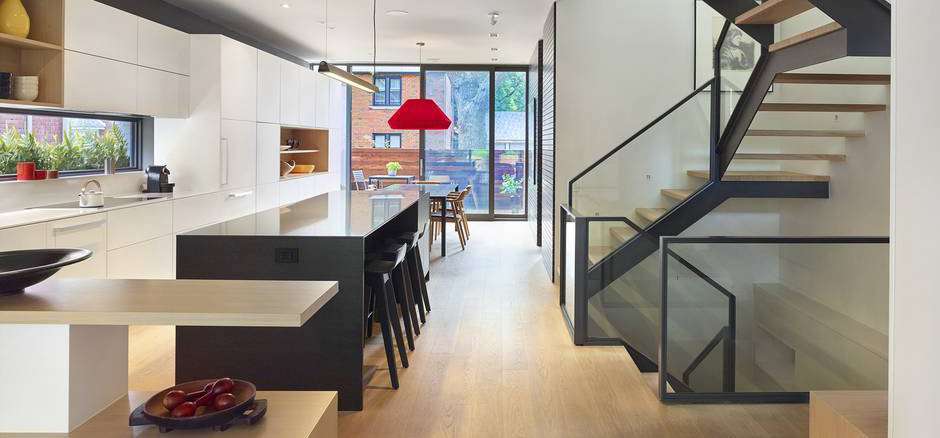















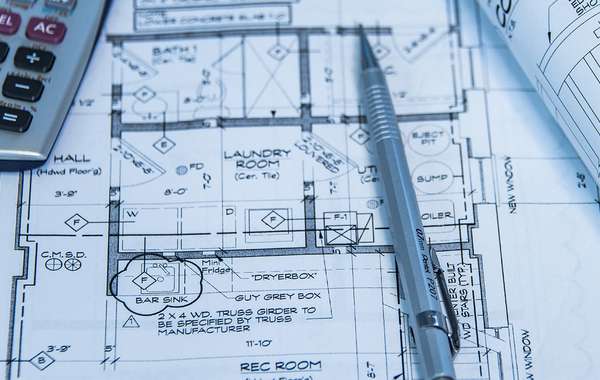


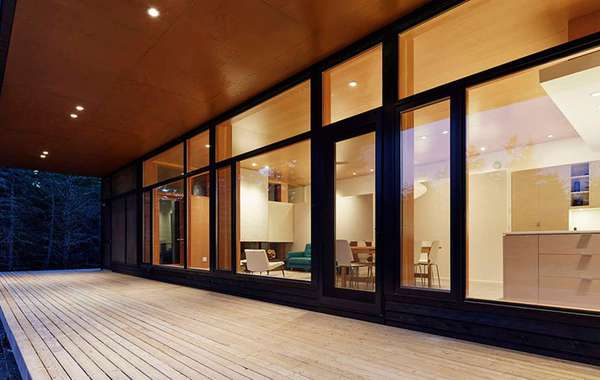
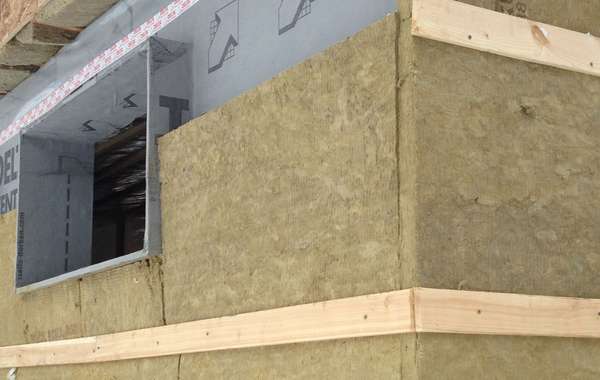
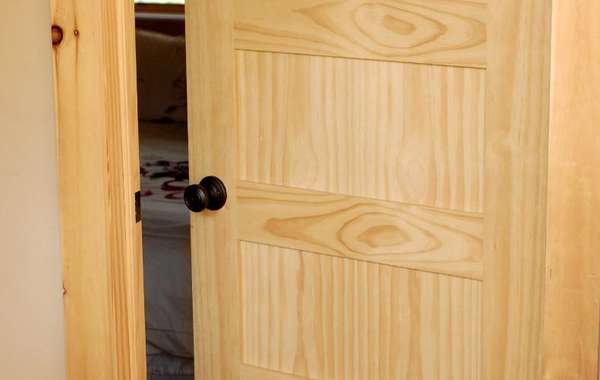
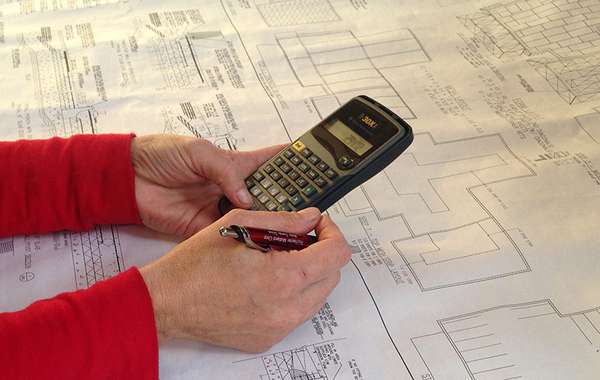

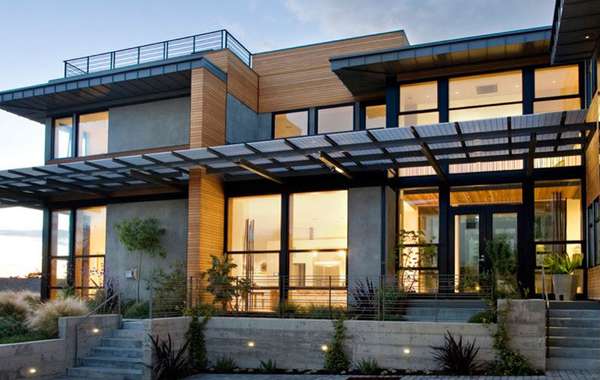
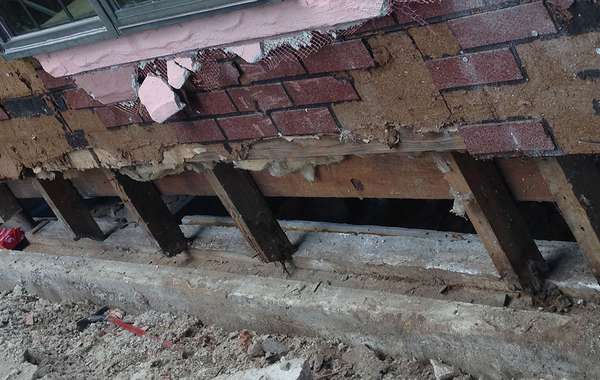
Comments (0)
Sign Up to Comment